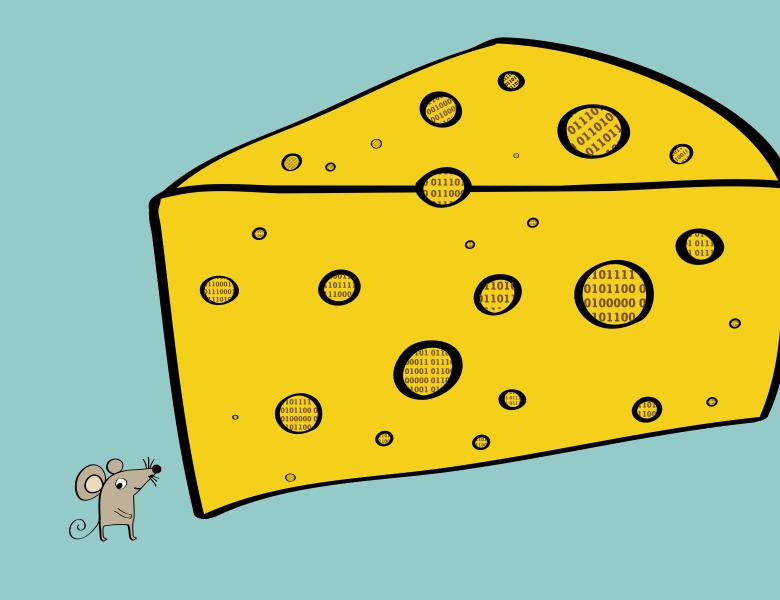
Abstract
In his classic result, Vizing (1964) proved that any graph of maximum degree ∆ can be edge colored using at most ∆+1 different colors. Vizing’s original proof is algorithmic and shows that such an edge coloring can be found in O(mn) time where m and n denote the number of edges and vertices respectively. This was subsequently improved to O~(m \sqrt{n}) independently by [Arjomandi ’82; Gabow et al. ’85]. This bound remained state-of-the-art for four decades, and only recently got improved to O~(min{n^2, mn^{1/4}}) [Assadi ’24; Bhattacharya et al. ’24] using randomization. In this talk, I will present a completely new approach to edge coloring that leads to the first near-linear—in fact O(m log ∆)—time algorithm for Vizing’s theorem.


